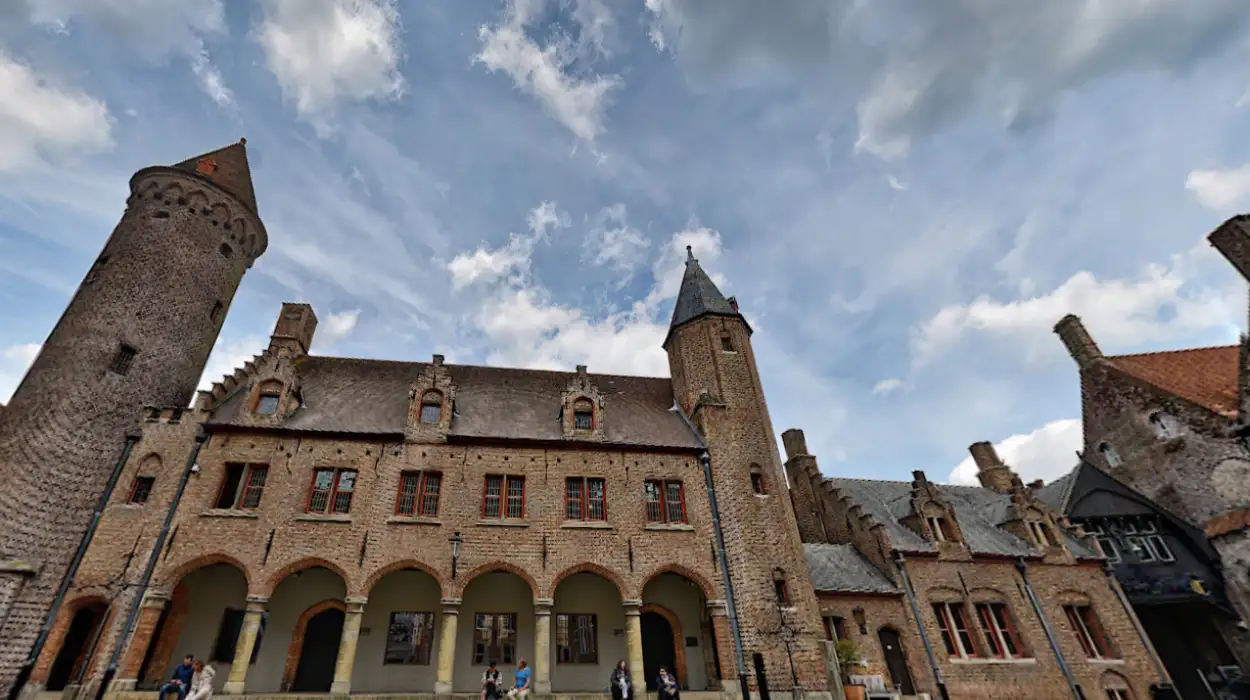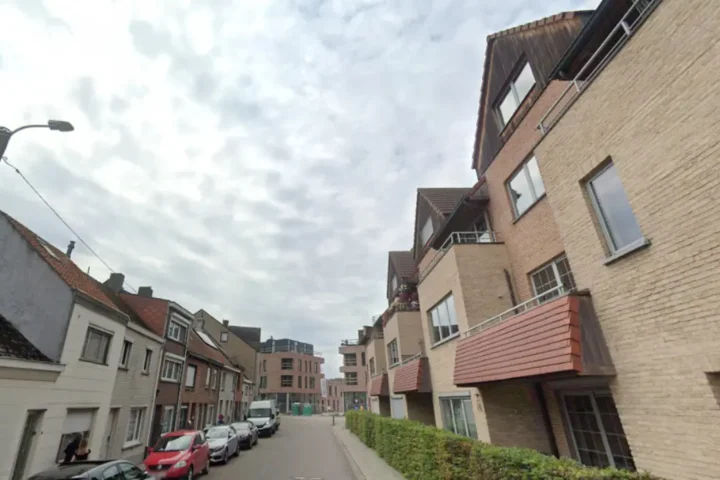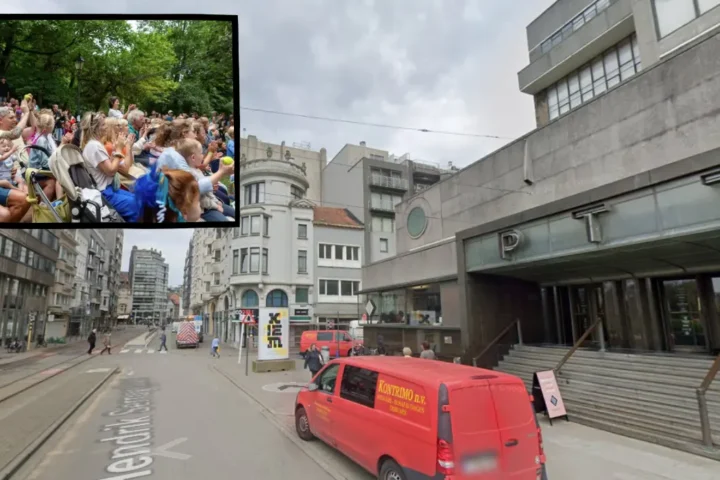Bruges – The Gruuthuse Museum in Bruges has joined the international REFRESH project to investigate the impact of climate change on historic buildings. Alderman Nico Blontrock emphasized the museum’s commitment to protection against water-related damage and humidity, which are increasingly threatening heritage sites amid shifting climate conditions, reports 24brussels.
As reported by VRT News, this initiative aims to understand the interaction between climate change and traditional architecture. Water poses a significant threat as it permeates the soil and structures, potentially leading to issues such as dampness, salt accumulation, and mould growth.
The growing frequency of floods, fluctuating water levels, and rising humidity underlines the urgency of this research, which seeks to gather comprehensive data on these dynamics.
Addressing Climate Change Risks to Heritage
The Gruuthuse Museum’s unique location near a canal and surrounded by gardens makes it an ideal site for climate studies. Researchers are assessing how moisture from these water sources affects both the building’s exterior and interior environments.
Alderman Nico Blontrock noted that the findings from the REFRESH project will guide strategies to safeguard historic buildings against the adverse effects of climate change, ensuring their preservation for future generations.
In the coming years, the museum will undergo detailed monitoring using specialized sensors that will track conditions surrounding the building and measure the flow of water and moisture. An on-site weather station will continuously capture data on temperature, humidity, wind, and precipitation.
Internally, sensors will monitor conditions in four museum galleries, measuring temperature, humidity, and carbon dioxide levels. This information will aid experts in evaluating how variations in indoor climate may influence the museum’s collection and structural integrity.
Researchers are particularly focused on how materials like oak, marble, glass, plaster, and copper respond to changes in environmental conditions, including the effects of the nearby Reie River on the museum’s historic brickwork.
Water intrusion threatens the structure’s stability and can cause enduring damage. The ongoing research will contribute to developing innovative strategies to protect the Gruuthuse Museum and similar historical sites from the challenges posed by climate change.
“Museums and other historical buildings are also experiencing the consequences of climate change. We must therefore find sustainable solutions for heritage to ensure its preservation,”
Blontrock concluded that the Gruuthuse Museum, which dates back to the 15th century and was once the residence of a noble family, serves as a vital cultural landmark housing a significant collection of medieval art and artifacts.
As a pivotal heritage site, the museum highlights Bruges’ historical importance as a major European trade center, attracting visitors and scholars fascinated by the city’s medieval past and cultural heritage.










